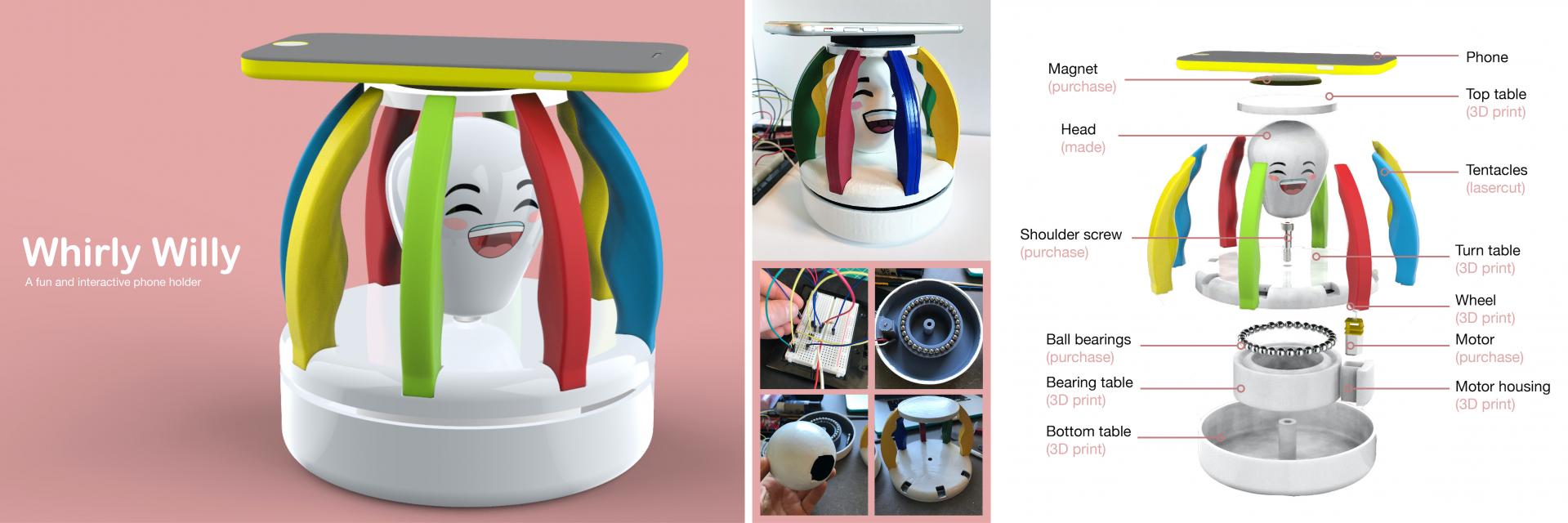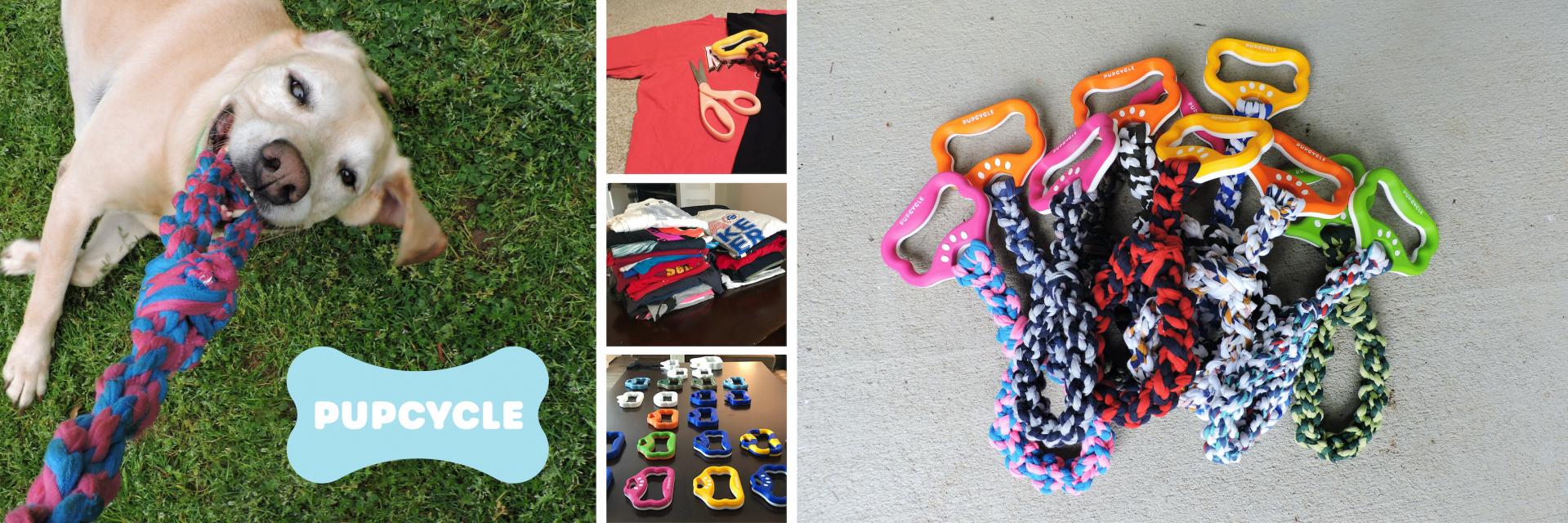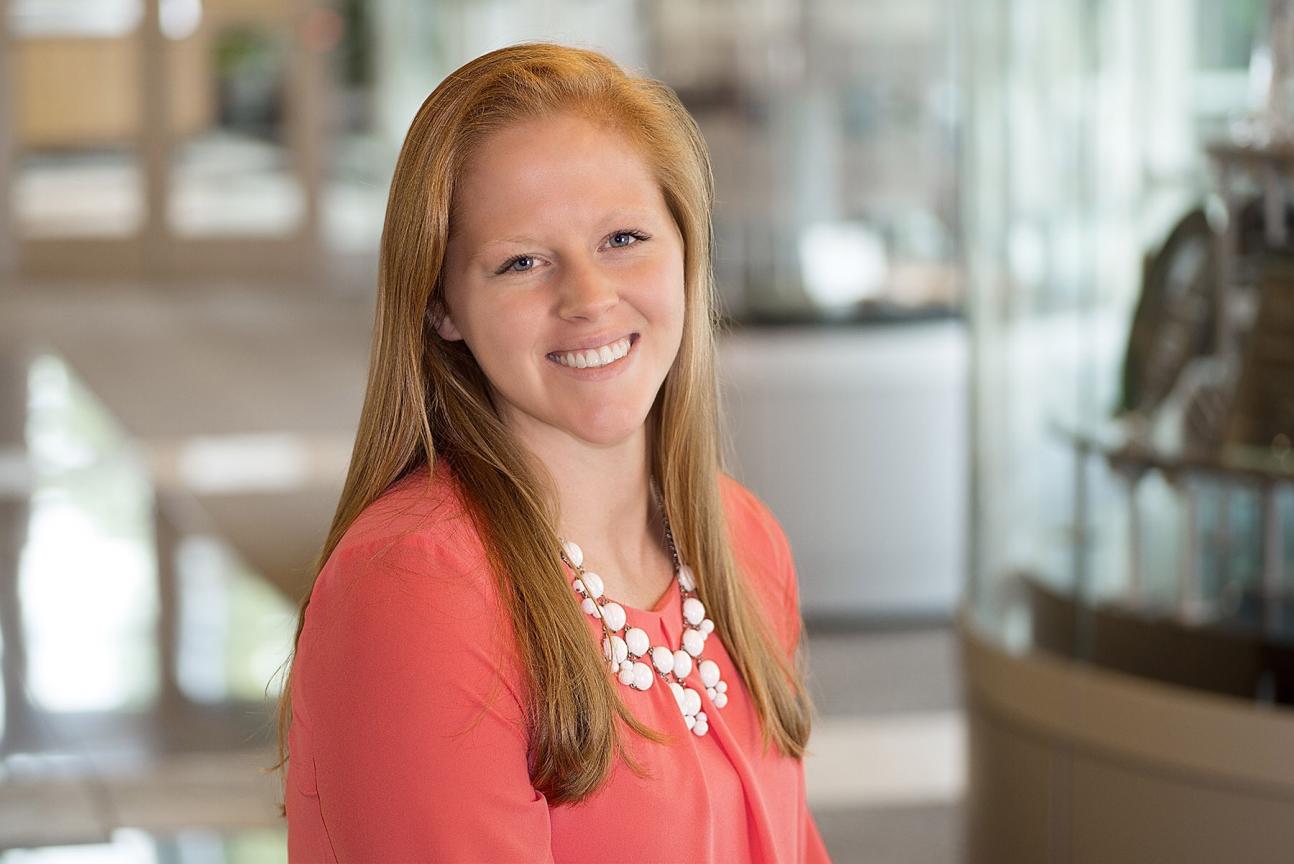
Fury
By using parametric modeling techniques, a pull toy was created out of two sheets of plywood using the CNC. The model in the Fusion360 file was designed around the human body that varies in response to changes in body position and size, based upon internal and external relationships. Through this project, we were able to put parametric thinking into product design by utilizing techniques for flexible output while maintain design intent. By having an understanding of the digital fabrication process and its relationship to product design, it allowed me to become a more efficient and effective designer when it comes to updating changes in the design process. I thoroughly enjoyed the real-life application when an engineering design change is needed last minute and through this technique, parameters can quickly be easily adjusted in the 3D model without hassle.

Whirly Whilly
Class: 3D Digital Modeling | Instructor: Timothy G Purdy
By utilizing Fusion360, I was able to design an articulating and interactive “device” holder for a desktop. The CAD model was used to support the building of the physical model that functions with the help of an Arduino. The physical model works similar to that of a lazy susan, but automated so that as you press a button it will begin rotating until you press the button again. Through this, I was able to understand how computer aided industrial design (CAID) fits into the overall design process and how to use it with traditional methods. I thoroughly enjoyed learning more skills in 3D modeling and rendering in KeyShot to help communicate form and function more effectively through animations and exploded views. Additionally, being able to develop a fully functioning prototype through the combination of Arduino, gear motors, and simple mechanisms strengthened my confidence in physical prototyping.

Pupcycle
Class: Make 10 | Instructor: Steve Chininis
By gathering several t-shirts from friends in the local community, braided t-shirt dog tug toys were created with specially designed 3-D printed handles. This project was focused on developing an innovative product that can be manufactured with a low-cost tooling method and be put into short run production, including marketing methods. By utilizing donated t-shirts, 3D print material, and reused paper grocery bags for packaging and shipping, it minimizes manufacturing costs and solely focuses on the cost of labor. This idea came about when I was consistently hearing about the frustrations dog owners have with buying toys. They constantly referred to having a “super chewer” and needed a stronger, more durable toy where they ones they were currently buying lasted only a few hours before needing to be thrown away. Once the product is worn down, the handle can be reused, and the braid can be replaced free of charge by cutting up and braiding their own old t-shirts laying around at home! I thoroughly enjoyed the iteration process of finding the right braiding technique and best shape for an ergonomic, but aesthetic handle. After printing about 50 handles and cutting up 20 t-shirts, the design was finalized and Pupcycle was created!
